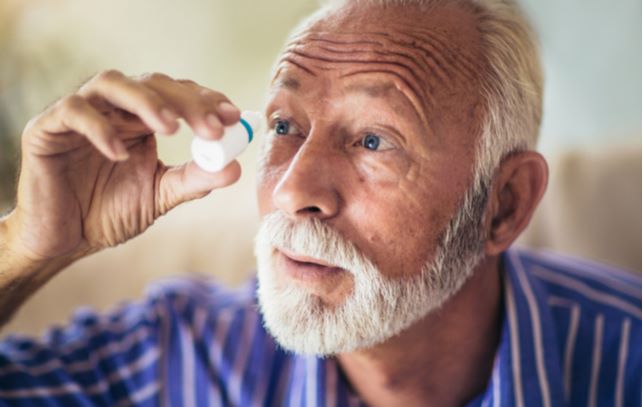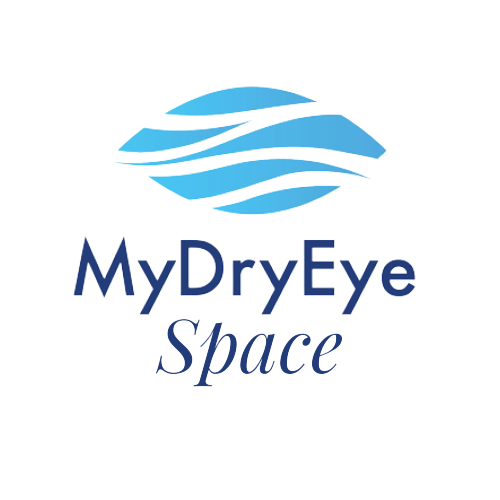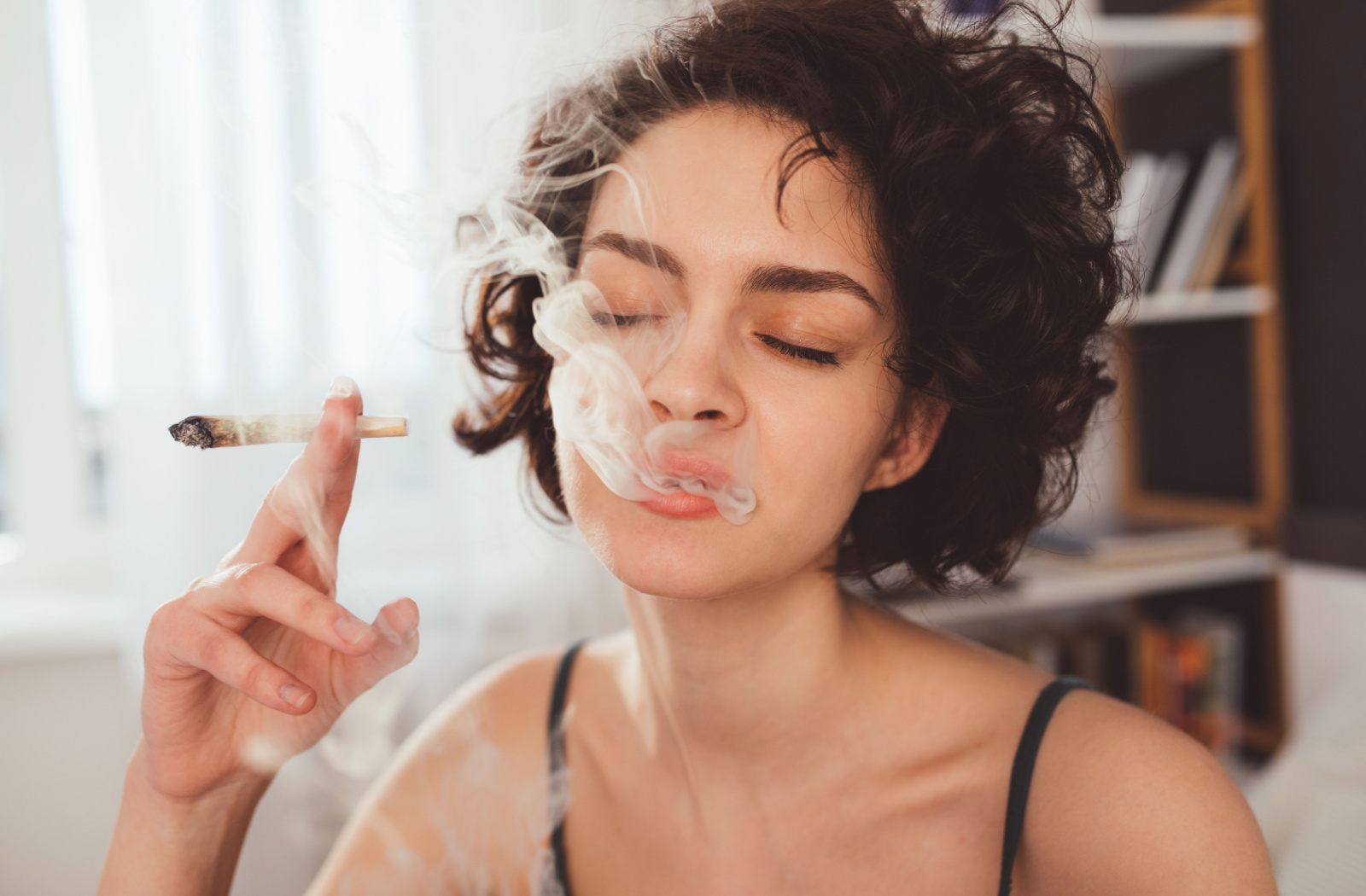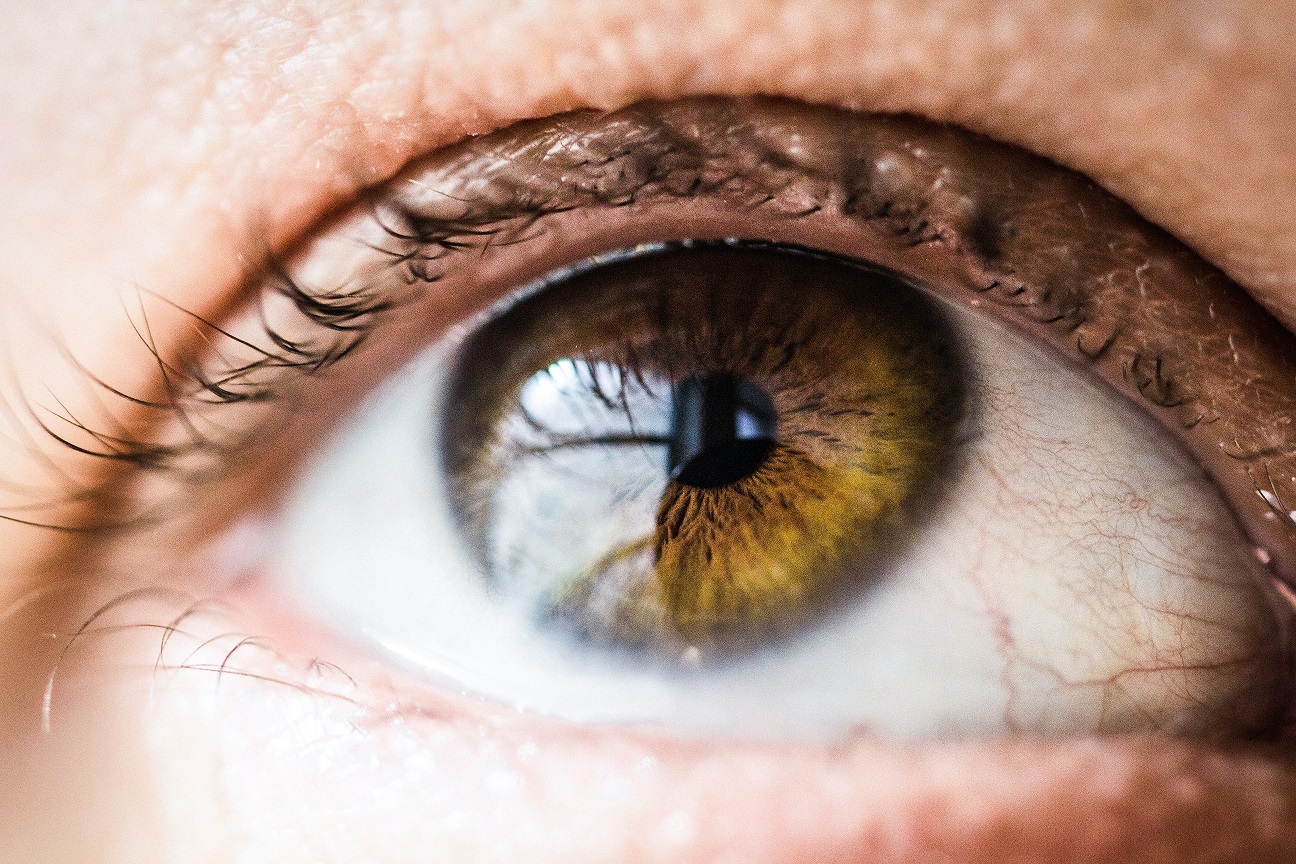During the winter, dry eye syndrome is more likely to become exacerbated due to the cold, dry air. To avoid dry eyes in the winter, it is important to take a proactive approach and set your living environment up for success. If you are suffering from dry eye syndrome, MyDryEye.ca can help you find an eye doctor who will be able to offer you effective treatment for dry eyes.
What is Dry Eye Syndrome?
Dry eye syndrome occurs when your tears cannot provide proper lubrication for your eyes. Without proper lubrication, your eyes can dry out and start to feel irritated. Severe cases of dry eye syndrome can be painful and lead to corneal abrasions and vision loss.
Typically, your eyes can lack adequate lubrication for two reasons: your eyes do not produce enough quantity of tears, and/or the tears you produce are of poor quality. Either situation can lead to developing inflammation and damage to the surface of your eyes.
Symptoms of Dry Eye Syndrome
Signs and symptoms of dry eye syndrome may include:
- Your eyes feeling like they are stinging, burning, or scratchy
- Stringy mucus forming in or around your eyes
- Sensitivity to light
- Eyes turning red and irritated
- A sensation that you have something foreign in your eyes
- Finding it difficult to wear contact lenses
- Difficulty driving at night
- Watery eyes
- Blurred vision
- Eye fatigue
What Causes Dry Eye Syndrome?
Dry eyes are caused by the disruption of your tear film. A healthy tear film is formed by three layers in a balanced ratio — the three parts of your tear film are fatty oils, aqueous fluid, and mucus. Any discrepancies or issues with these three layers can cause the development of dry eye syndrome.
If your tears do not produce enough aqueous fluid, it will lead to a smaller quantity of tears you can produce. This condition can affect the development of dry eyes. Some common causes of decreased tear production are:
- Aging
- Certain medical conditions — Sjogren’s syndrome, allergic eye disease, rheumatoid arthritis, lupus, thyroid disorders, vitamin A deficiency
- Certain medications — antihistamines, decongestants, hormone replacement therapy, antidepressants
- Drugs for conditions like high blood pressure, acne, birth control, and Parkinson’s disease.
- Corneal nerve desensitivity
Dry eyes can also be expedited by an increase in tear evaporation. If the meibomian glands on the edge of your eyelids become clogged, it can cause less fatty oil to be produced. This will make your tears evaporate faster. Some other causes of increased tear evaporation include:
- Blinking less often
- Eyelid problems
- Eye allergies
- Certain preservatives found in topical eyedrops
- Wind, smoke, or dry air
- Vitamin A deficiency
Why Dry Eye Syndrome is More Common in the Winter
Cold air can have a significant influence on developing dry eyes. The air outside becomes dryer in the winter, and any air inside can become dryer due to the need to use extra heating from a furnace.
It is also more common to catch a cold or the flu during the winter months, so you may be taking more decongestants or other medications during this time. Taking decongestants can decrease the production of your tears and lead to developing dry eyes.
There are multiple effective ways to prevent dry eye syndrome during the winter:
- Using a humidifier in your home during the winter months can counteract the dry air created by a furnace.
- Staying sanitary and hygienic can help you avoid getting sick and having to take medicine which could potentially exacerbate the development of dry eyes.
- Try to stay inside when it is especially cold or windy.
- Wearing goggles or glasses outside when it is cold or windy.

General Treatment Methods for Dry Eyes
If you are suffering from mild symptoms of dry eye syndrome, you may be able to find relief with the use of artificial tear eye drops that will help lubricate the surface of your eye. If your symptoms are more serious, other treatment options might be more effective. You can try to manage the underlying cause of your dry eyes, or try to improve the quality and/or the quantity of your tear production.
Some prescription medications used to treat dry eyes include:
- Short-term use of drugs to reduce eyelid inflammation (steroids)
- Eyedrops to control cornea inflammation (medication containing cyclosporine (Restasis) or corticosteroids)
For more severe cases of dry eye syndrome, other procedures may have to be utilized to treat the condition. Some of these procedures are:
- Using scleral contact lenses
- Using specialized eyedrops such as autologous serum or platelet rich plasma
- Unblocking oil glands with treatment methods such as LipiFlow or Radiofrequency
- Using Intense Pulsed Light to reduce ocular rosacea
If you are suffering from dry eye syndrome, MyDryEye.ca can help you find an eye care clinic near you that can kick start your treatment process.










